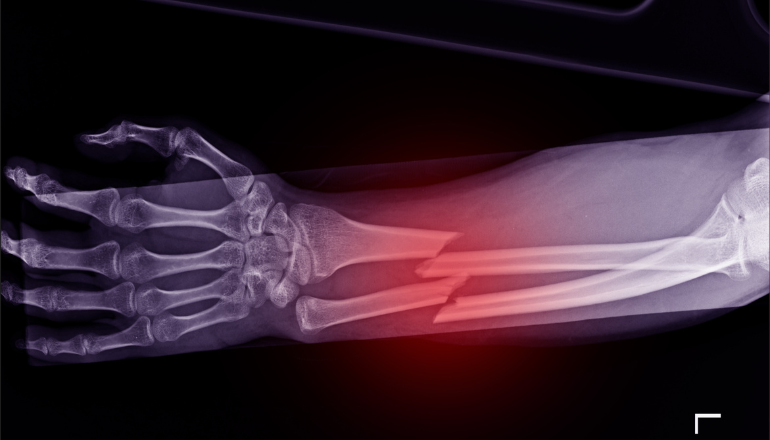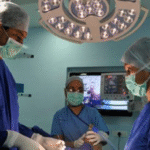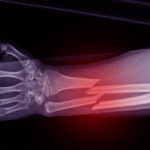Bone fractures are among the most common injuries, affecting people of all ages—from sports mishaps to slips at home. Knowing the basics helps you act quickly, reduce complications, and heal better.
What is a fracture?
A fracture is a break or crack in a bone. It can range from a tiny hairline crack to a complete break that shifts the bone out of alignment.
Common causes
-
Trauma: Falls, car or bike accidents, sports collisions.
-
Overuse: Repetitive stress from running or jumping → stress fractures.
-
Bone weakness: Conditions like osteoporosis, certain medications, smoking, or poor nutrition can make bones fragile.
Symptoms to watch for
-
Sudden pain that worsens with movement or pressure
-
Swelling, bruising, or warmth around the area
-
Visible deformity or limb looking “out of place”
-
Limited motion or inability to bear weight
-
Crepitus (grating sound/feeling) in some cases
-
For stress fractures: gradual, pinpoint pain that eases with rest
Seek urgent care if there’s severe pain, deformity, numbness/tingling, open wound with bone visible, or inability to use the limb.
Common types of fractures
-
Hairline/Stress: tiny crack from overuse
-
Transverse/Oblique/Spiral: direction of the break across the bone
-
Comminuted: bone shattered into several pieces
-
Greenstick (kids): bone bends and cracks on one side
-
Open (compound): bone breaks skin—higher infection risk
-
Compression: often in the spine, common with osteoporosis
How fractures are diagnosed
-
Physical exam & history (mechanism of injury, pain location)
-
X-ray (first-line imaging)
-
CT or MRI for complex, joint-involving, or stress fractures
-
Bone density test (DEXA) if fragility fracture is suspected
Treatment options
Goal: realign, stabilize, and protect the bone while it heals.
Immediate first aid (RICE): Rest, Ice (15–20 min on/off), Compression, Elevation. Immobilize the area and avoid weight-bearing until assessed.
Non-surgical care
-
Immobilization: cast, splint, or boot
-
Functional bracing: allows limited motion in some injuries
-
Medications: pain control; calcium & vitamin D if deficient
-
Activity modification: gradual return as pain allows
Surgical care (when needed)
-
Closed reduction & pinning or Open Reduction Internal Fixation (ORIF) with plates/screws/rods
-
External fixation for severe soft-tissue injury
Surgery is considered for displaced, unstable, open, or joint fractures.
Recovery & rehabilitation
-
Healing time: generally 6–12 weeks (varies by bone, age, health).
-
Physiotherapy: restores range of motion, strength, balance.
-
Nutrition: protein, calcium, vitamin D; stay hydrated.
-
Lifestyle: stop smoking and limit alcohol—both slow healing.
Prevention tips
-
Bone health: strength training, weight-bearing exercise, sunlight/Vit D, calcium-rich foods.
-
Fall safety: non-slip mats, good lighting, handrails, supportive footwear.
-
Sports: proper technique, gradual training load, rest days, supportive gear.
Bottom line: If you suspect a fracture, immobilize, ice, and get evaluated promptly. Early, appropriate treatment leads to faster healing and better long-term function.





